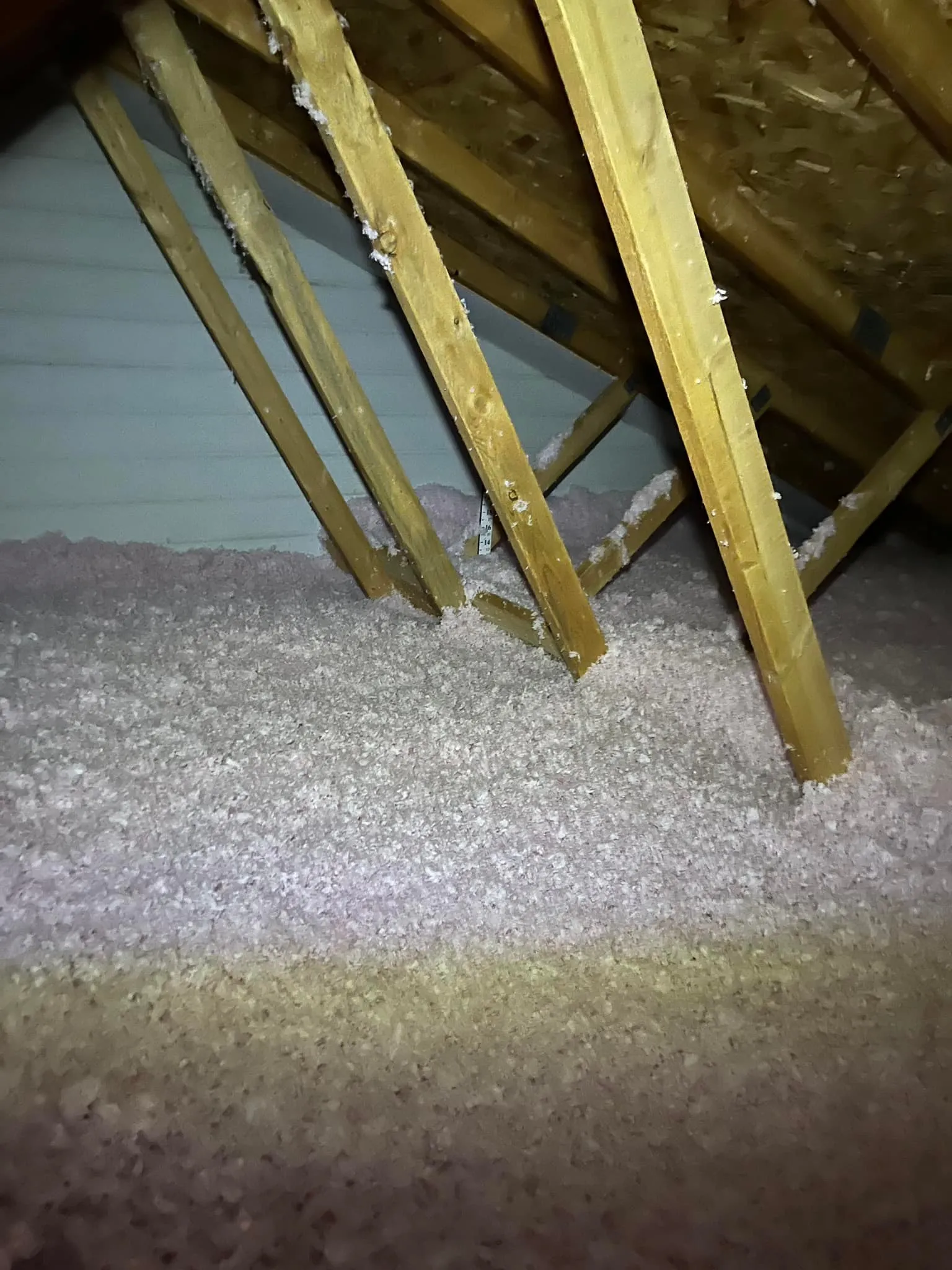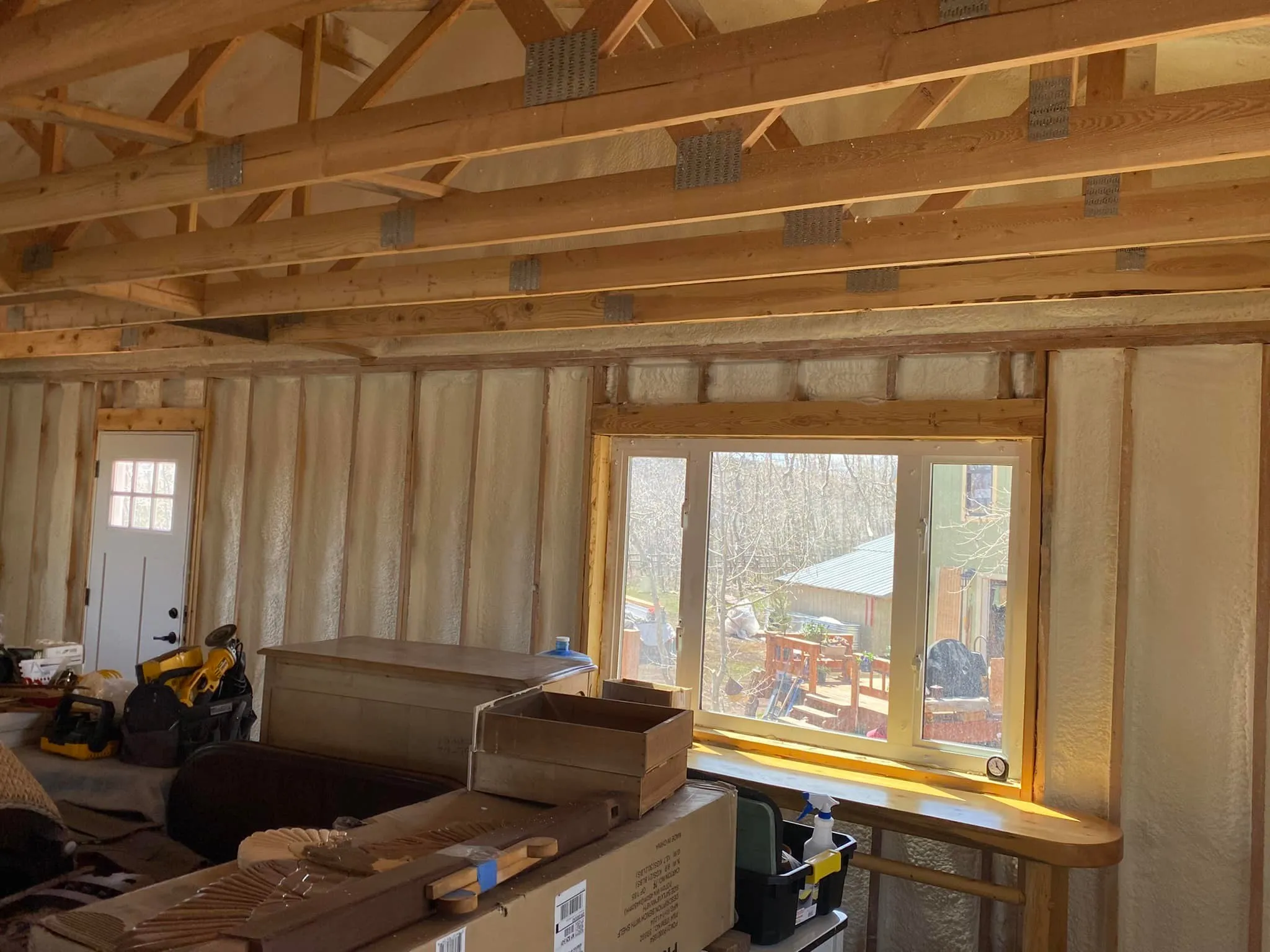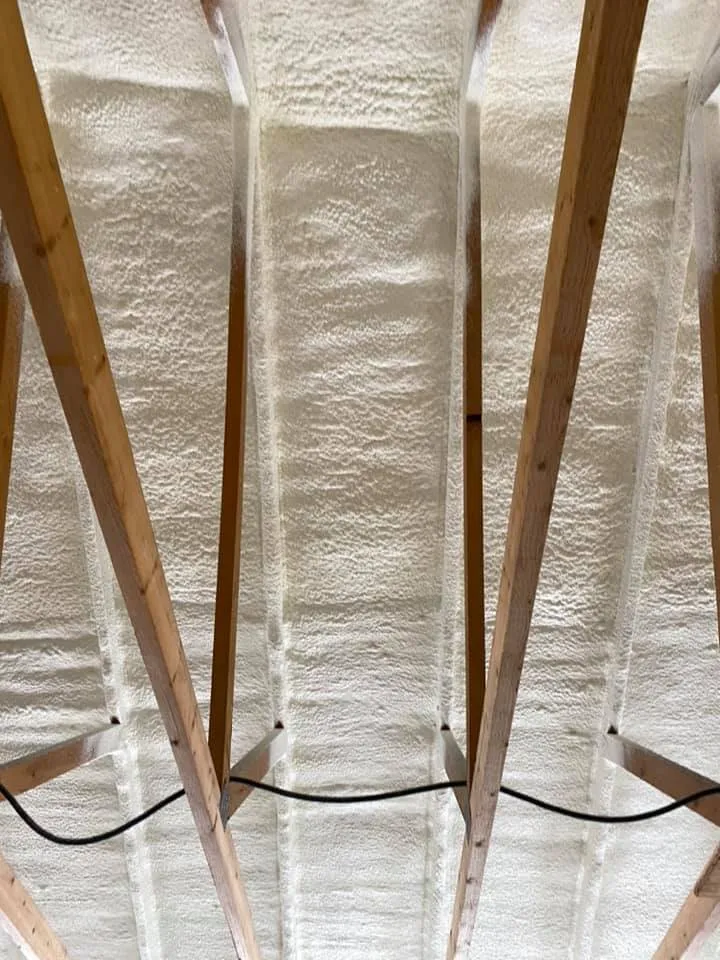
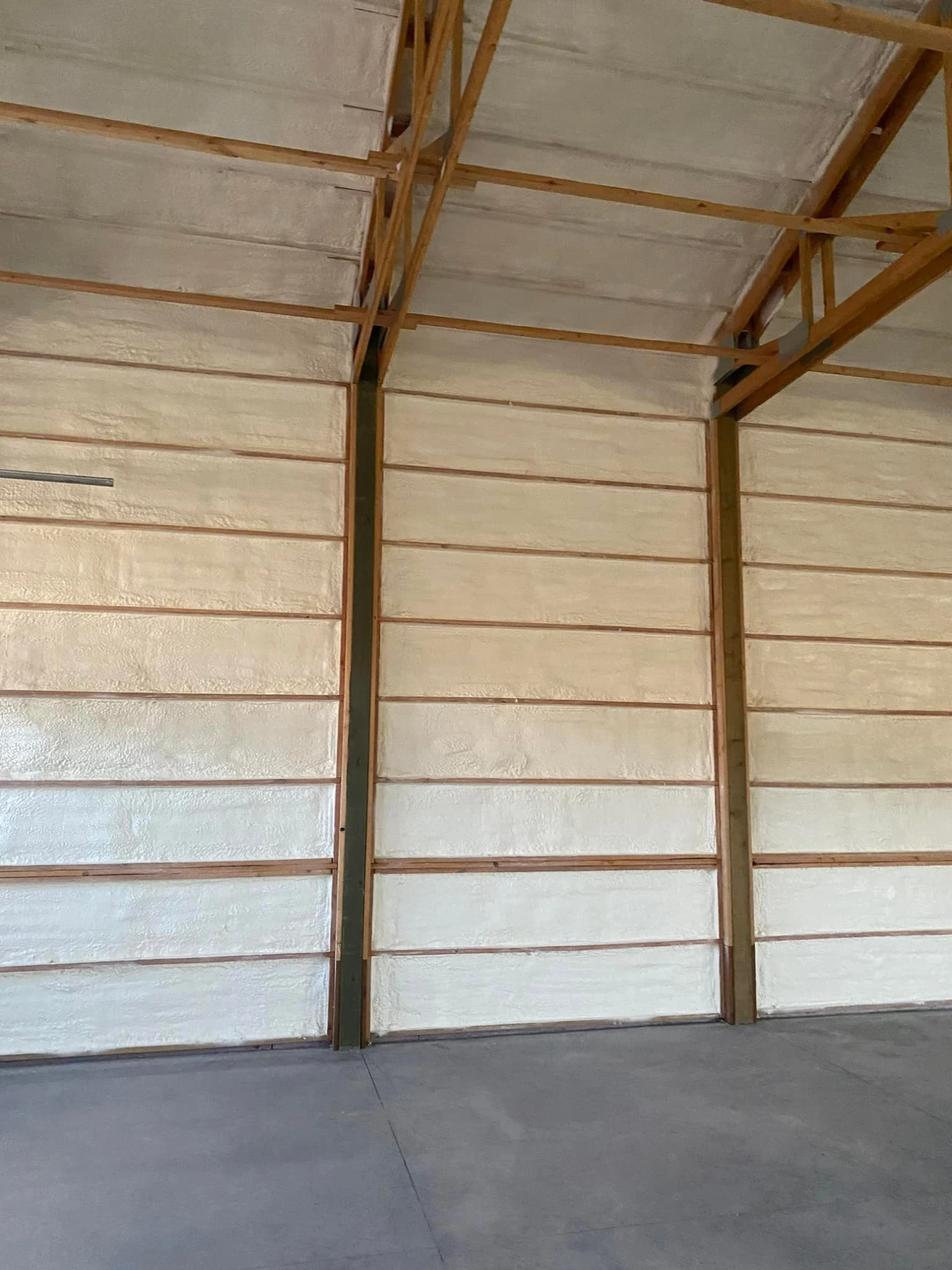
Spray foam insulation is often the most effective solution for insulating interior walls in Idaho, especially when air sealing and thermal resistance are top priorities. Idaho’s variable climate, which includes sub-zero winters and hot summers, demands materials that can handle both ends of the temperature spectrum. Spray foam offers a high R-value per inch and seals gaps more effectively than many traditional materials.
Open and closed cell spray foam types each provide specific benefits. Closed cell spray foam is denser and offers better thermal performance, making it suitable for colder zones in northern Idaho. Open cell foam is lighter and allows for better sound dampening, which is useful in interior partitions. Recent industry-level insulation insights also highlight how property owners across the region are shifting toward higher-efficiency materials based on performance demands.
This article explains the key differences, limitations, and factors that impact whether spray foam is the right option for your project.
High Country Solutions provides insight based on first-hand project data across residential, commercial, and agricultural installations in Idaho’s climate zones.
| Insulation Type | R-Value per Inch | Air Sealing Capability | Moisture Resistance | Sound Dampening | Best Application Use |
|---|---|---|---|---|---|
| Closed Cell Spray Foam | 6.0 – 7.5 | Excellent | High | Moderate | Exterior and moisture-prone walls |
| Open Cell Spray Foam | 3.5 – 4.5 | Excellent | Low | High | Interior partitions and sound control |
| Fiberglass Batt | 2.9 – 3.8 | Poor | Low | Moderate | Standard framed walls |
| Blown-In Fiberglass | 2.2 – 4.0 | Fair | Low | Moderate | Retrofit and attic spaces |
| Mineral Wool | 3.7 – 4.3 | Fair | High | High | Fire-rated or sound-dampened partitions |
| Dense Pack Cellulose | 3.6 – 3.8 | Good | Moderate | High | Retrofit walls with existing cavities |
| Property | Closed Cell Spray Foam | Open Cell Spray Foam |
|---|---|---|
| R-Value per Inch | 6.0 – 7.5 | 3.5 – 4.5 |
| Density (lb/ft³) | 1.75 – 2.25 | 0.4 – 0.6 |
| Vapor Permeability | 0.8 perm (1″) | 10 perm (3″) |
| Application Thickness | 1″ to 2″ per pass | Up to 3″ per pass |
| Sound Absorption | Low | High |
| Water Resistance | High | Low |
Idaho’s climate zones (4B to 6B) cover arid basins, mountain regions, and colder northern areas. In colder regions like Coeur d’Alene or McCall, closed cell foam prevents thermal bridging and resists condensation within wall cavities. In southern zones like Twin Falls or Boise, open cell foam works well for interior wall sound dampening and air flow control.
Installers should avoid overfilling cavities with open cell spray foam in high-humidity areas without vapor barriers, as this may lead to moisture entrapment.
Spray foam must be installed at correct ambient temperatures. In Idaho winters, heated enclosures may be needed during installation to meet manufacturer specs.
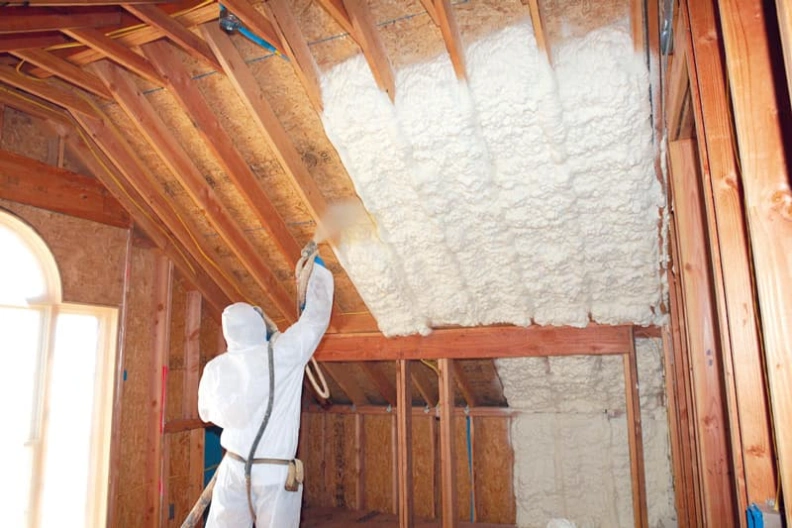
High Country Solutions provides insulation services aligned with regional requirements and wall performance needs:
Dense pack cellulose or blown-in fiberglass may be better suited for retrofits without wall removal.
Yes, if applied correctly. Avoid applying over knob-and-tube wiring or overloaded circuits.
Off-gassing occurs during curing but stops afterward. Proper ventilation during installation is key.
Open cell foam absorbs airborne noise better than closed cell, but neither stops low-frequency vibration fully.
Spray foam can be the most effective solution for interior wall insulation in Idaho when thermal performance, air sealing, and moisture control are priorities. Closed cell works best in cold or wet environments. Open cell suits interior noise control and moderate climates. Wall framing depth, future access needs, and local codes should all influence the final choice.
Choosing the right insulation depends on your wall assembly, climate zone, and interior goals. High Country Solutions offers Idaho-tested solutions using open and closed cell spray foam, mineral wool, and blown-in options. For technical advice on the right material for your walls, contact High Country Solutions at [email protected] or (307) 248-9063.
Spray foam, when installed properly, can last over 30 years without degrading or settling.
It can be removed but requires cutting and scraping. It is not designed for reversibility.
Some formulations use low-GWP blowing agents. Closed cell foam generally has a larger carbon footprint than open cell or cellulose.
Spray foam deters nesting but is not rodent-proof. Entry points should be sealed during installation.
Poor installation may cause shrinkage, voids, or trapped moisture. Always use trained professionals with experience in Idaho-specific installations.

